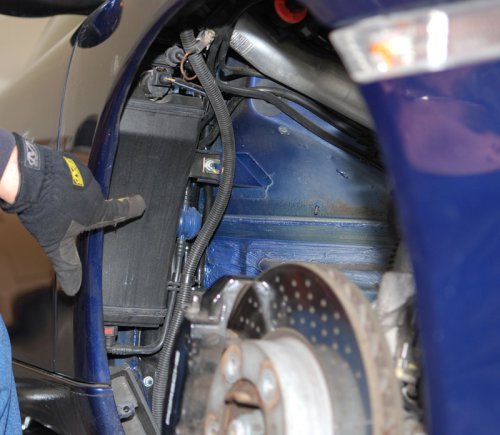A recall is for an issue with the potential to cause injury or death to the driver, passengers or surrounding people. Manufacturers look at recalls as a black eye. If they get serious ones like the Chevy ignition switch, you know there will be people lining up with personal injury attorneys waiting for their chance to sue Porsche for real, or imagined injuries. A recall is a last resource for a manufacturer.
Some manufacturers - when faced with a potential recall will setup a "service campaign" where they fix the problem when a vehicle arrives in their shop. That's generally done at their expense (usually billing back part or all of the cost to the OE manufacturer who supplied them with the failing component, if they didn't build it themselves.) Toyota/Lexus love to do this - it's why my wife's Lexus gets dealer oil changes - there is almost always some issue that is addressed for free while the car is there getting the oil changed.
NHTSA is where "recalls" in the USA come from. They have a website. There are forms on the website for reporting issues that have caused injury/death, or you feel have the potential to cause injury or death. If enough people make identical complaints about an issue - the issue will usually percolate up to the actual human employees of NHTSA who are in charge of investigating the reports.
An example of this process working would be the "Camshaft-Controller-Recall" (Porsche's name for it.. I'd call it a Variocam recall..) In threads discussing this problem on several forums, instructions were given on how the reporting process works - and how to most effectively report an issue (several things have to be identical in order to build up the "mass" of reports that will trigger an investigation.) People did report the issue to NHTSA (not just complain on the forum) - and there were some very credible reports of close calls for serious injury since the failure could result in a vehicle with no brakes, power steering barreling down a freeway. The mass of reports was enough to catch the eye of a defect investigator, who then reached out to a few people asking for additional information. The information supplied to them was copies of recalls that Porsche had issued in other countries for the identical problem. At that point Porsche was notified of the investigation, and apparently felt it might be best to be pro-active in it - and they voluntarily issued a recall.
Whew... so that's what has to be done if you expect a recall to happen. Some manufacturers avoid recalls by offering buyers an extended warranty on the part in question (BMW loves this - they've given out 100k engine guarantees on multiple engines any number of times - to avoid a recall.) The highest number I've seen on these extended warranties is typically 100k miles. BMW-Motorad (motorcycle side) has an extended warranty in place for 12 years, unlimited miles for a fuel gauge sender that regularly fails - and people run out of fuel on their motorcycle in risky conditions. That was done in response to a similar campaign that was coordinated on a BMW motorcycle club forum I'm a moderator/member of. NHTSA expressed interest in it (other manufacturers, both bike and car - have had recalls for similar failures.) BMW extended the warranty. So far - I've had about 10-11 of the fuel senders fail and replaced at no cost to me. I'd be much happier if they'd simply solve the problem though.
So one other thing - a recall is only really a solution IF the manufacturer has devised a way to solve the problem. In the case of the transfer case - it's not clear that they have.
This went on a bit longer than I thought it might when I started it. If it gives anyone ideas - I'd be happy to discuss the NHTSA process off-line with you.
DISCLAIMER: I have nothing to do with NHTSA. The above ramblings may well be the spurious thoughts of a madman - or not. Use at your own risk. YMMV. LSMFT. I did stay in a Holiday Inn Express this past week though.

-0001-0001.thumb.png.17f5bb25bf8ec261a17c21e6321c8492.png)


